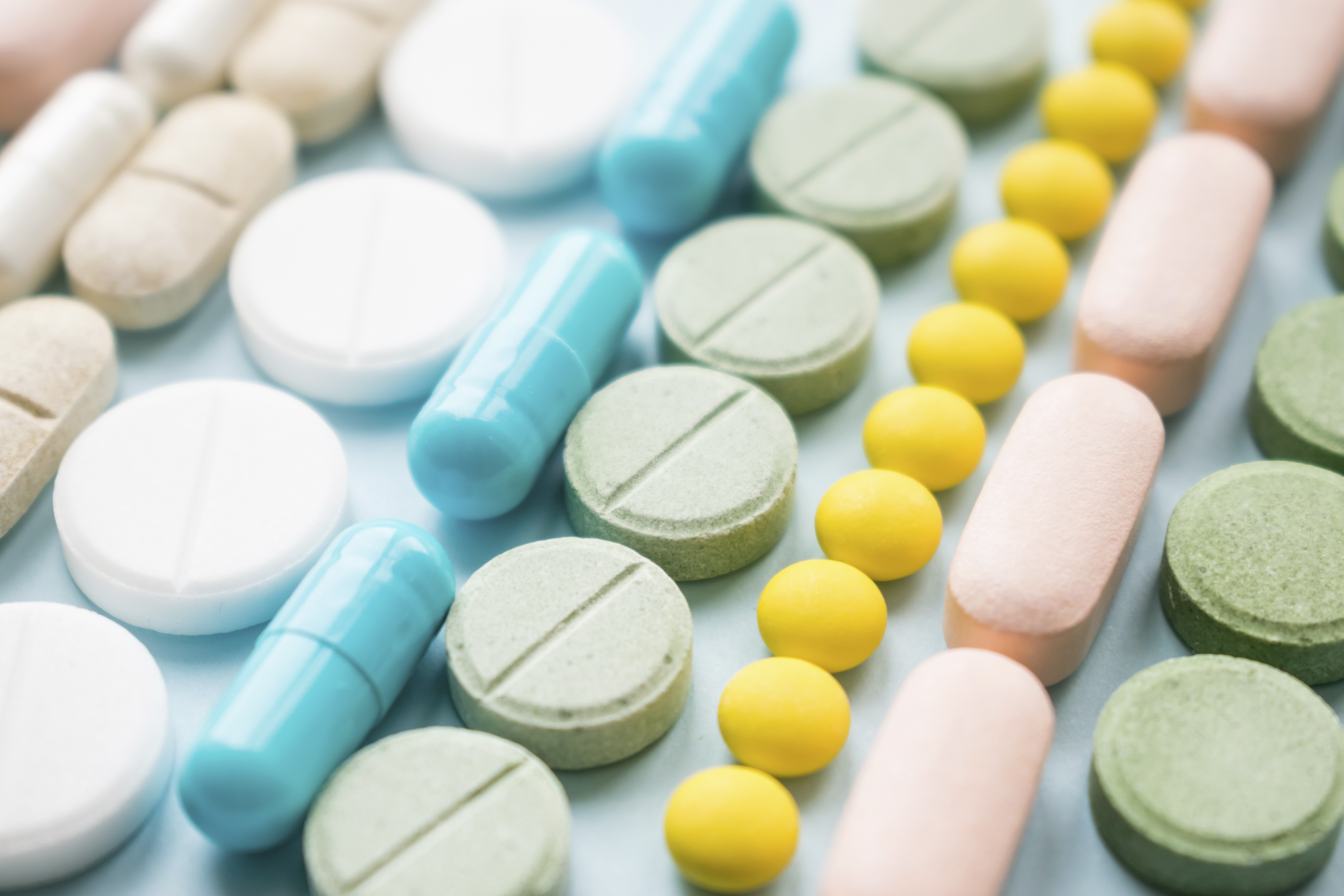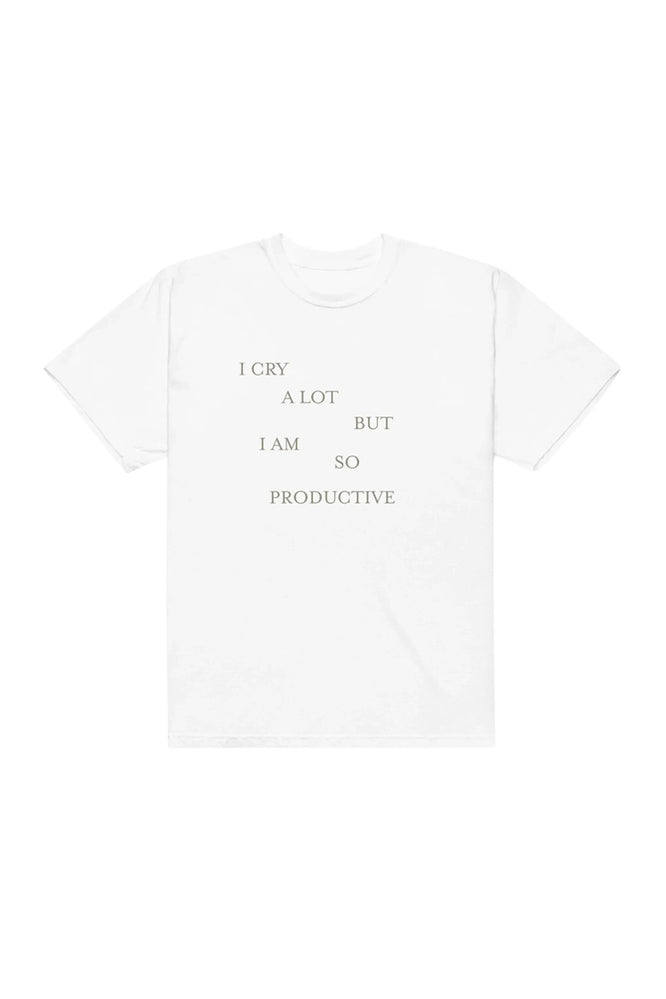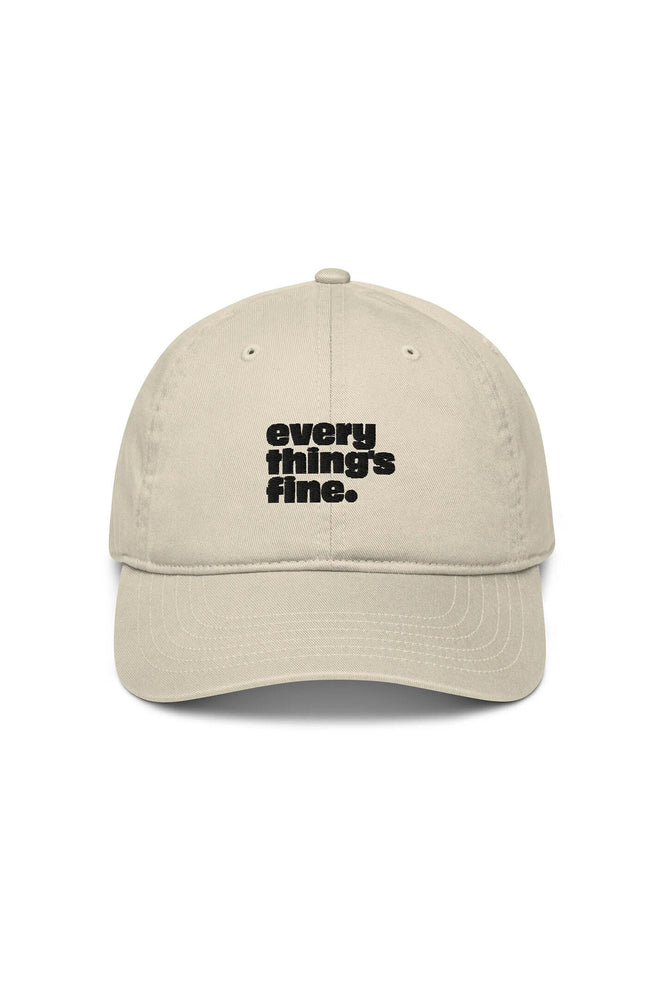Drugs, ever heard of them? If you’re on this website, chances are you have. And chances are you think of drugs in certain categories. Weed is famously tight, cocaine is that b*tch that you knew in college, and drugs like heroin, meth, or crack are “scary” ones that you only talk about as a joke or read about in the news. But what if it’s not the drugs that are bad, but rather our entire mindset around them? What if the way that we speak, think, and legislate around drug use is actually exacerbating the problem?
A recent CNN article reported that Americans are now more likely to die from a drug overdose than a car accident. In 2017, there were over 70,000 drug overdose deaths in America, most of which were due to opioids—in particular fentanyl, a synthetic opioid that is 50 to 100 times more potent than morphine (that’s really f*cking strong, bruh). Fentanyl originated as a legal, prescribed pharmaceutical (classic) that was used for pain management. Nowadays fentanyl can often be found mixed in with drugs like heroin or cocaine, cut together by distributors who want to save money, and sold to unknowing buyers. Because fentanyl is so powerful, it can easily lead to an overdose, especially if the user doesn’t have a high tolerance for opioids. It’s definitely dangerous, and when you don’t even know you are about to encounter it, there’s no way you can be prepared for the outcome. So the question is…how do we avoid or prevent these kinds of overdoses from happening?
Many people’s first reaction is to take on the attitude of your middle school D.A.R.E teacher and tell everyone to just say no to drugs. But now let’s think about how well D.A.R.E worked. *jump-cut to a flashback of me and literally every teen I’ve ever met smoking weed out of Coca-Cola can* At the risk of sounding like your cousin from Denver, you can tell people not to do drugs all you want, but the reality is that they are going to do them. With this in mind, we should probably find ways for people to use drugs more safely. It’s kind of like safe sex education. Since we know teens aren’t going to stop boning in the high school parking lot, we gotta teach them how to put a condom on a banana.

Approaching drug use in this way is called harm reduction. I spoke to Garrett Reuscher, a harm reduction counselor at Recharge who works in substance use with his clients at Gay Men’s Health Crisis (GMHC). He told me, “Harm reduction is all about—get this—reducing harm. It’s about accepting that drugs and their use are a part of our world. We’ve seen time and time again the demonization and criminalization of drugs through an abstinence only framework does not stop people from using. When we accept this reality we can begin to shift our view of thinking and focus more on how to keep people safe, rather than use an outdated morality model created to stigmatize and shame. We need compassionate pragmatism.”
Reuscher pointed out that drugs serve a purpose, such as relieving pain or amplifying experiences, but we refuse to view the benefits of drugs, and this leads to a mindset that embraces abstinence and rejects harm reduction. He said, “The funny thing is we, as a society and as individuals, apply the harm reduction modality to our everyday lives. A perfect example of this is how we choose to wear seat belts when driving a car. Cars can cause harm but we don’t ban them. We add seat belts and airbags and put people through an education course before they hit the road. We have this tendency to holds drugs to a different standard. As if they’re naturally ‘bad’ and learning to to use them in a safer way is somehow condoning ‘poor behavior.’ It’s not. Harm reduction isn’t about condoning, nor is it about shaming. It’s about providing the tools to save and/or improve lives.”
Let’s take the issue of fentanyl as an example. You can actually buy fentanyl testing strips or a drug testing kit that you can use to test your drugs before you take them. This way, you know exactly what you’re taking before you take it. A lot of people don’t like encouraging drug users to test their drugs because they think it encourages them to keep using drugs, but as I’ve said, most people are going to use drugs regardless. People know the risks and are still willing to take drugs. So may as well help them do so safely. It’s all about education and providing people with a safe plan.

An additional, and more controversial, solution is safe injection sites. These are facilities where people can go and use drugs that are dangerous to use alone (like heroin) with trained staff on hand to intervene in case of an overdose. They also provide sterile needles for people who need them, which prevents the spread of disease. Staff members at these sites have breathing masks and naloxone aka NARCAN on hand, which is an overdose antidote.
(Sidenote: administering NARCAN will stop an overdose from happening, and you can actually become certified to carry and inject this lifesaving treatment. It’s called being a hero Karen, look it up.)
And because Canada and Europe will forever be our much cooler cousins, they’ve already tested safe injection sites and found positive results. Researchers found that a particular safe injection site in Vancouver supervised more than 3.6 million injections and responded to more than 6,000 overdoses. No one has ever died there, and they saw no evidence of increased drug use. On the contrary, the research showed that along with a decrease in deaths, the injection site also led to users seeking out detoxing programs, like taking methadone, which can help wean someone off of heroin.
And then of course there is the proposal of legalization. This one really gets people popping off. Many think legalizing hard drugs is totally f*cking absurd, but hear me out. Legalization doesn’t mean every man, man, woman and child gets to do as much heroin as they want wherever they want starting tomorrow. Like weed or alcohol, there would be rules, licenses, and other boring paperwork involved designed to keep the drugs safe and regulated. You couldn’t just go buy heroin at the kid across the street’s heroin stand. That is not the vibe I’m going for.
summoning circle, hope this works:
?
? ?
? ?? Legalize ?
Drugs
? ?
? ?
?— Garrett Reuscher (@GarrettReuscher) March 16, 2019
Lastly, we have to address the way we talk about drugs and drug use. As I mentioned in my intro, we tend to assign certain stereotypes to different drugs. Weed is generally accepted as a fine drug these days. Cocaine is generally frowned upon, but it’s not stigmatized to the point where people who use it are ostracized from society. This is largely because it’s a drug associated with higher class people, typically rich white people. Crack is literally just cocaine in a different form, but it’s associated with poorer communities of color so it has a worse rep. Drugs like crack, meth, and heroin have been assigned stigmatizing, dehumanizing words to describe those who use them. I’m talking about words like “crack head,” “meth head,” and “junkie.” Language matters, and when we use these words to label people, we automatically cast them aside and leave them behind. Reuscher told me he sees this mentality affect his clients a lot. “We’ve weaponized terms like ‘junkie’ or ‘addict’ to such a degree that people are actually dying in order to avoid the shame that comes with those labels. People should never use drugs alone because it’s unsafe, yet do so because they don’t believe that they will be met with love, compassion, and acceptance.”
So many overdoses happen because someone was using drugs alone, in shame, and there was no one there to save them. If we talked about drug use more openly and a less stigmatizing way, it could literally save lives. I guess what I’m saying is maybe we should retire the word “crackhead” from the list of things we call coworkers who are a little too perky in the morning.

Look, maybe you don’t agree with me on some or all of this. And maybe the solutions I have provided here won’t work. But guess what? What we’re doing right now isn’t working. People are dying. At an alarming rate. And the ways in which we are trying to deal with it prove time and time again to be ineffective. So why not try something new? Riddle me that, my queens.
You can learn more about harm reduction via The Harm Reduction Coalition here.
You can be certified to administer NARCAN by Garrett Reuscher by attending a training session. Narcan trainings are during GMHC regular business hours located at 307 West 38th street, New York, NY 10018. You can contact Garrett Reuscher at (212) 367-1221 or [email protected]
You can buy drug testing materials and educate yourself on the effects and potential dangers of specific drugs by visiting the Dance Safe website here.
Images: Giphy (5), Twitter @GarrettReuscher (1)
Heads up, you need to keep up with the news. It’s not cute anymore. That’s why we’ve created a 5x weekly newsletter called The ‘Sup that will explain all the news of the week in a hilarious af way. Because if we weren’t laughing, we’d be crying. Sign up for The ‘Sup now!







































